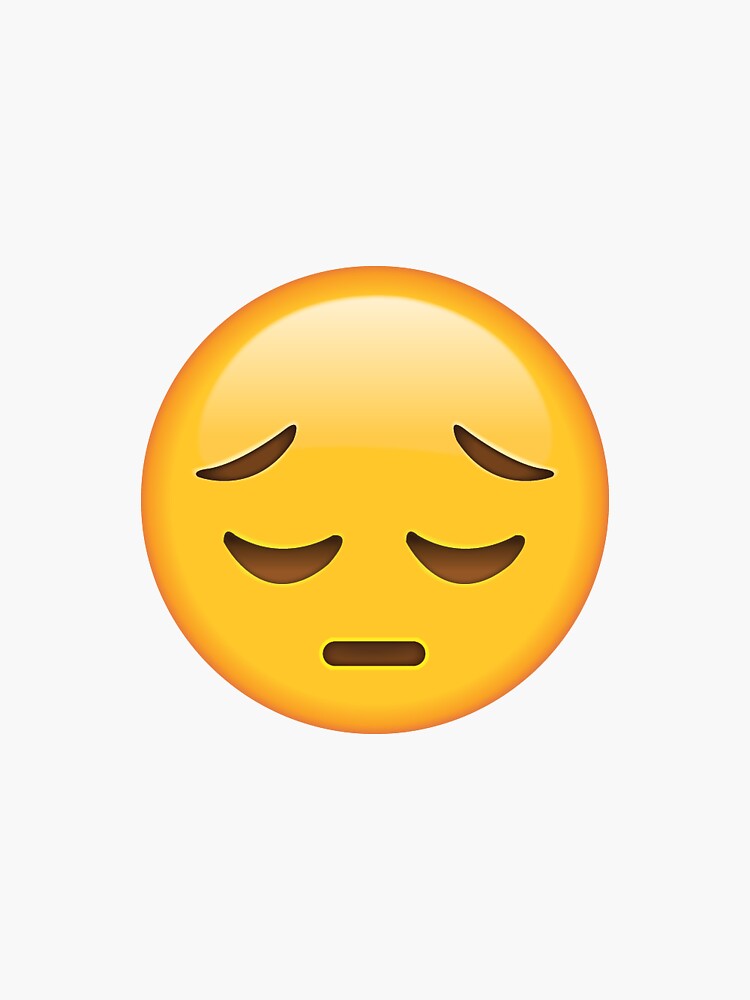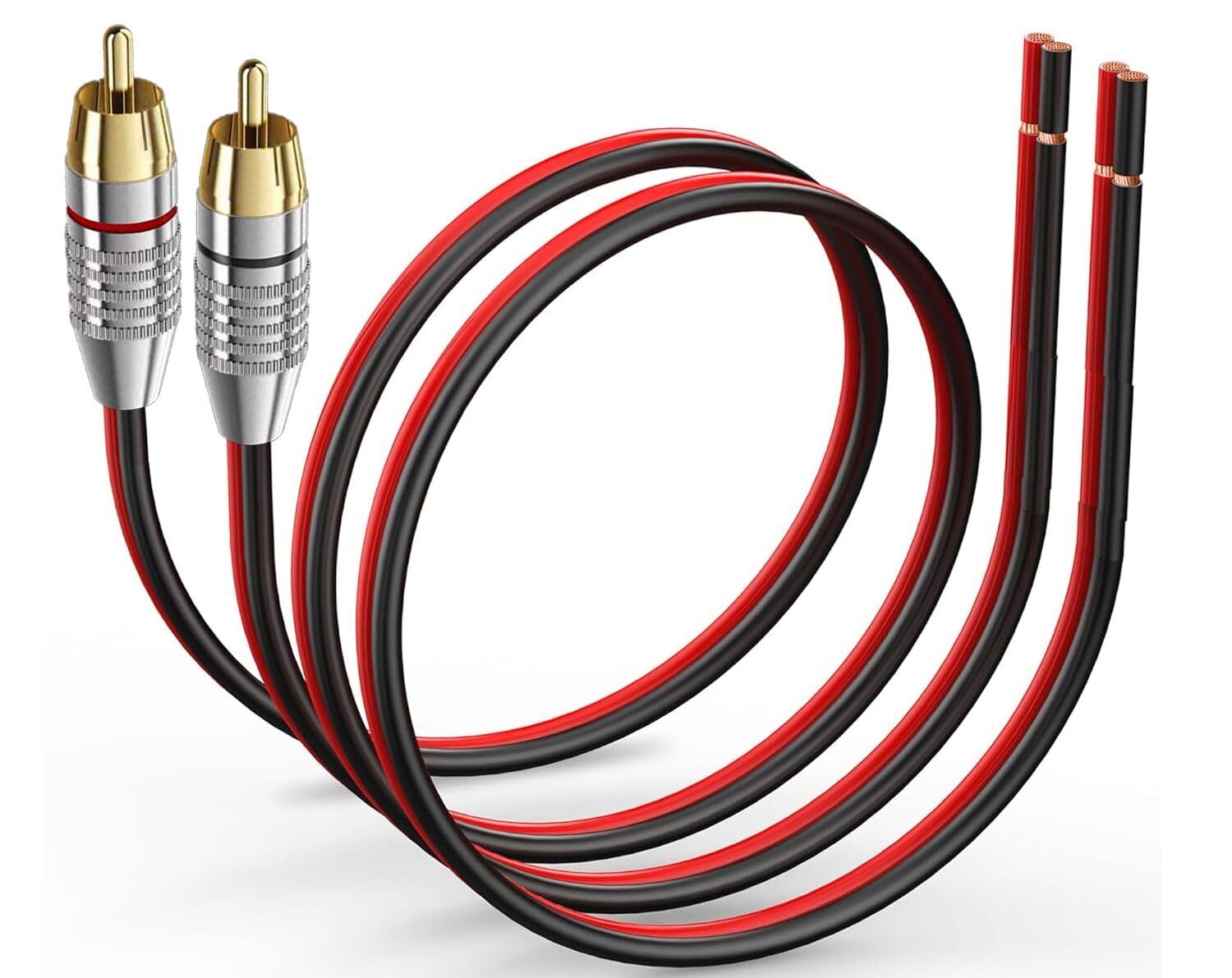Introduction
In the vast landscape of digital communication, emojis have become more than just cute, colorful icons — they’ve evolved into essential tools for expressing complex emotions in an instant. One of the most recognizable and widely used emojis is the sad face emoji 😞, which represents a broad range of emotions from simple disappointment to deep sorrow. Whether you’re texting a friend, commenting on a post, or reacting to a story, the sad emoji has a special way of conveying feelings that words sometimes can’t capture. But what exactly does this little symbol mean? Why has it become so central to online communication? In this article, we’ll dive deep into the history, significance, and cultural impact. We’ll explore how it shapes online interactions, its evolution over time, and its psychological implications.
The Rise of Emojis: A Brief History

To understand the significance of the sad emoji, we first need to take a step back and look at the history of emojis themselves. The origins of emojis can be traced to Japan in the late 1990s. Shigetaka Kurita, an employee of the Japanese telecom company NTT DoCoMo, created the first set of 176 icons designed to convey emotions and simple ideas quickly. These early emojis directly responded to the need for a more efficient way to communicate in a world where SMS (Short Message Service) was limited to text characters. The simplicity of these icons made it easier to convey tone, which was otherwise lost in text communication.
As mobile technology evolved and text messaging became more popular worldwide, emojis gained traction outside Japan. By the 2010s, companies like Apple, Google, and Microsoft had introduced their own sets of emojis, with Unicode, the global standard for text encoding, officially incorporating them into its character set. The sad emoji, a simple yellow face with downturned eyebrows and a frown, quickly became a staple in this digital lexicon.
What the Sad Emoji Represents
At first glance, the sad emoji may seem straightforward: a face conveying sadness or disappointment. However, like all emojis, its meaning is context-dependent. On a surface level, the sad emoji is used to indicate feelings of sadness, grief, or sorrow. It’s often used when something unfortunate happens, like hearing bad news or watching a sad movie. But the is versatile; it can be used in less severe contexts, such as when someone is merely feeling down or frustrated.
A Wide Range of Emotions
While the sad emoji is typically associated with negative emotions, it can represent a broader range of feelings. For example, it can convey:
- Disappointment: If someone expected something positive but was let down, they might use the sad emoji.
- Frustration or Irritation: Sometimes, people use the sad emoji when they are annoyed or upset by a situation but don’t feel like using more intense or dramatic expressions.
- Empathy: When someone hears about another person’s misfortune, the sad emoji can act as a symbol of shared sorrow or empathy.
- Loneliness or Isolation: A sad emoji can also be used to represent feelings of loneliness or isolation, reflecting the emotional distance that sometimes occurs in digital communication.
In this way, the sad emoji functions not just as a reflection of personal emotional states but also as a tool for building empathy and understanding between people.
A Tool for Social Connection
Despite its association with negative emotions, the can serve as a bridge between individuals. In a time when much of our communication is mediated through screens, it’s easy to feel disconnected from others. The sad emoji can help fill that gap, offering a simple yet powerful way to communicate solidarity and compassion without the need for lengthy explanations. Whether it’s comforting a friend who’s going through a tough time or responding to a post about a loss, the helps people connect on an emotional level.
The Sad Emoji in Social Media Culture
The sad emoji has become an iconic symbol in the world of social media, where brevity and instant communication are paramount. Whether it’s Facebook, Instagram, or Twitter, the sad emoji is a go-to response for many users, especially when words feel insufficient.
As a Reaction to Posts
On platforms like Facebook and Instagram, the sad emoji often accompanies reactions to news or posts that evoke strong emotional responses. It’s not just about sadness — it’s also about acknowledging the weight of a situation. For example, if someone shares a post about a lost loved one or an important life event, the might be used to indicate that the reader feels the gravity of the moment. This isn’t about a trivial form of sadness but a recognition of deeper shared human experiences.
Emojis as an Expression of Personality
Social media has allowed for an evolution in how people use emojis to express themselves. For some, using the sad emoji is a reflection of their personality. It’s not just about expressing sorrow but showcasing a nuanced emotional landscape. Emojis like the sad face are sometimes used ironically or humorously, highlighting how these symbols have transcended their original emotional meanings and taken on new layers of cultural significance.
Additionally, the sad emoji has become a form of shorthand for emotional depth. Instead of composing long, complex messages, users can opt for a single sad face to convey the essence of what they are feeling. In a world where attention spans are shorter, emojis provide a quick and effective way to express emotions, including those as complex as sadness.
How the Sad Emoji Impacts Mental Health Conversations
In recent years, mental health awareness has become a significant part of public discourse, and emojis have played a role in this shift. The sad emoji, in particular, has been used to discuss issues such as depression, anxiety, and emotional struggles. In some circles, the use of the has even been linked to self-expression regarding mental health challenges.
Emojis and the Language of Mental Health
Using a in the context of a mental health conversation can signal a person’s emotional state without needing to articulate it explicitly. For example, someone experiencing sadness might post a status update or tweet with a sad emoji to express that they are struggling. In a way, the helps reduce the stigma surrounding mental health, offering a more approachable means for individuals to talk about their emotions.
Support for Those Struggling with Depression or Grief
For people going through grief or depression, the can serve as a form of validation. When someone shares an emotional moment online and receives responses with sad emojis, it sends the message that their feelings are understood and acknowledged. It’s a small but meaningful gesture that can help create a sense of solidarity and emotional support in difficult times.
However, it’s important to note that while the sad emoji can be a useful tool for expressing emotions, it should not replace direct communication or professional help in situations of serious mental health distress.
The Sad Emoji Across Different Platforms
The design of the sad emoji can vary depending on the platform, and these differences can affect how it’s interpreted. While the general meaning remains consistent — conveying sadness or empathy — the aesthetic choices made by different companies shape the emotional tone of the emoji. Apple, Google, and Samsung, for instance, all have slightly different versions of the sad emoji, and these design choices can influence how users perceive and use the symbol.
Apple vs. Android Emojis
Apple’s sad emoji has a very distinct look, with wide, expressive eyes and a very pronounced frown. This design is widely seen as more expressive and exaggerated compared to Android’s version, which typically has a more subtle expression. The difference in design can affect the emotional impact of the emoji. For example, Apple’s version might convey a stronger sense of sorrow, while Android’s version may feel a little more neutral or understated.
Emojis in Messaging Apps
In messaging apps like WhatsApp and Telegram, the sad emoji is often used as a reaction to individual messages. These apps have added more granular emoji reactions to allow users to express a wider range of emotions, but the remains one of the most frequently used reactions. The way people use the sad emoji in these contexts can tell us a lot about the digital communication culture. It reflects a need for instant, concise expressions of sympathy, disappointment, or empathy without the burden of a lengthy response.
The Sad Emoji in Pop Culture and Memes
In addition to its use in text and social media, the sad emoji has found its way into memes and popular culture. Its simple, recognizable expression has made it a favorite tool for humor, particularly when paired with ironic or exaggerated contexts.
The Sad Emoji as a Meme
On platforms like Twitter and Reddit, the sad emoji is frequently used in memes to represent exaggerated or humorous sadness. For example, you might see a meme that pairs the sad emoji with a ridiculous or nonsensical statement, making the situation feel absurd in a humorous way. In these contexts, the sad emoji isn’t necessarily expressing genuine sorrow but is instead playing on the dramatic effect of its facial expression.
Satirical and Ironical Uses
The use of the sad emoji in satirical ways has also become a popular form of digital humor. By using the sad emoji in situations that don’t warrant actual sadness, people can playfully mock the overuse of emojis or exaggerate the triviality of certain issues. This ironic use highlights the adaptability and playfulness of emojis in digital communication.
The Sad Emoji in the Future of Communication
As technology continues to evolve, so too will the role of emojis in our everyday lives. The sad emoji is likely to remain a prominent part of digital communication, though its design and usage may change over time. With advancements in AI and augmented reality, we might see more dynamic and personalized emojis that better capture the nuances of human emotion. However, the core function of the sad emoji — to express complex emotions simply and effectively — will likely remain unchanged.
Emojis and the Future of Emotional Expression
In the future, emojis may become even more integral to how we communicate and understand each other’s emotional states. With the rise of virtual reality (VR) and augmented reality (AR), there could be new ways for people to convey emotions through more interactive and immersive emoji-like symbols. Perhaps the sad emoji will evolve into a more fluid, interactive symbol that adapts to the user’s emotional context, adding new layers to how we communicate feelings in the digital world.
Conclusion
The sad emoji is more than just a symbol of disappointment or sorrow. It has become a powerful tool for emotional expression in the digital age, allowing people to communicate complex feelings quickly and succinctly. Whether it’s used for personal reflection, empathy, or humor, the sad emoji has cemented itself as an important part of our digital lexicon. Its evolution over time speaks to our growing reliance on emojis to facilitate emotional connection in an increasingly disconnected world. As we continue to communicate in the digital space, the sad emoji will undoubtedly play a pivotal role in shaping how we express and understand emotions in the future.




